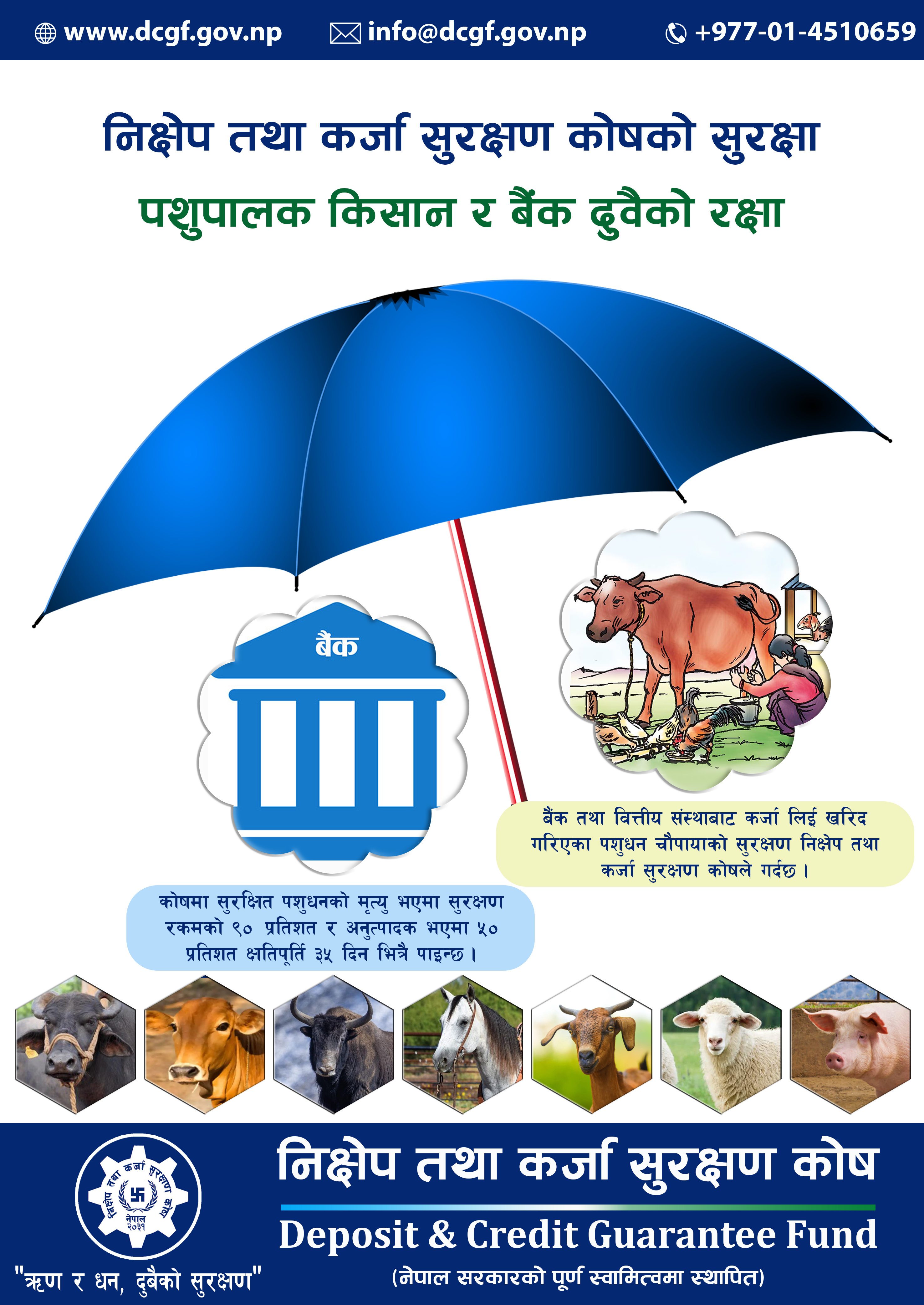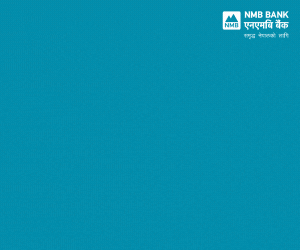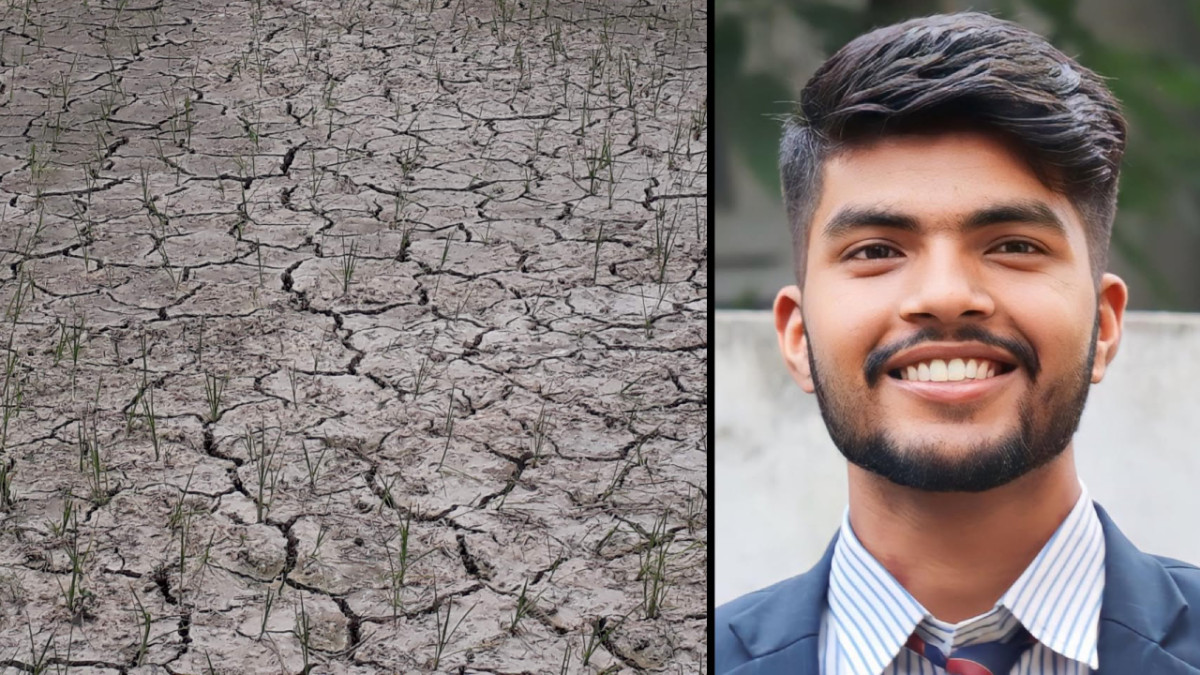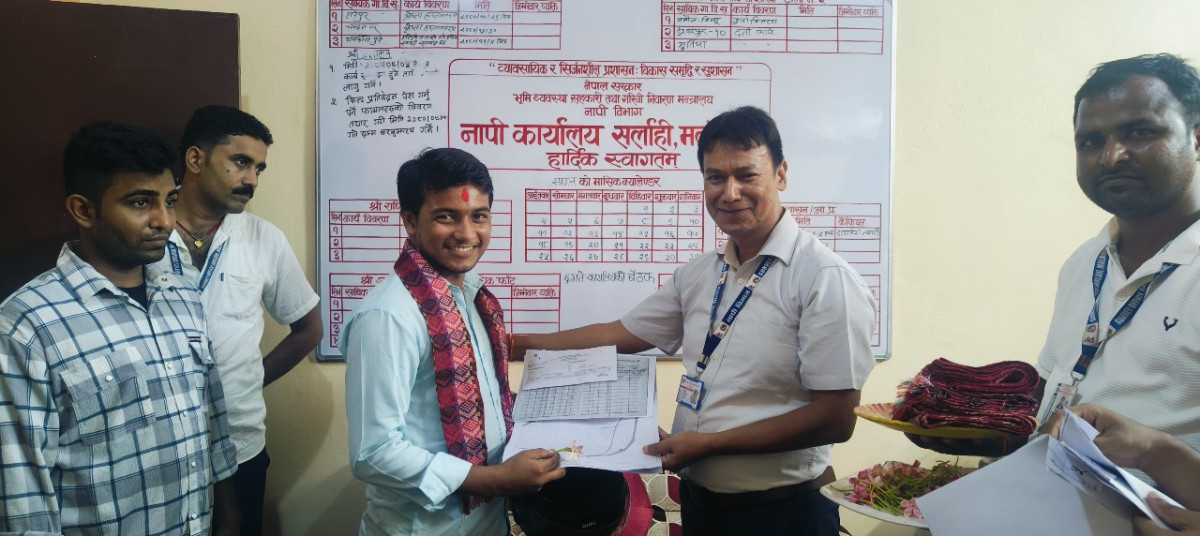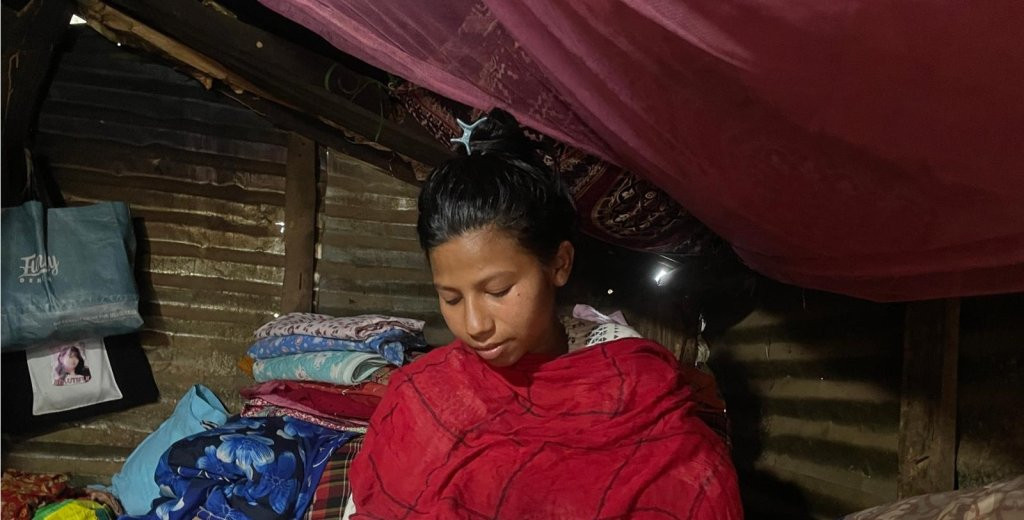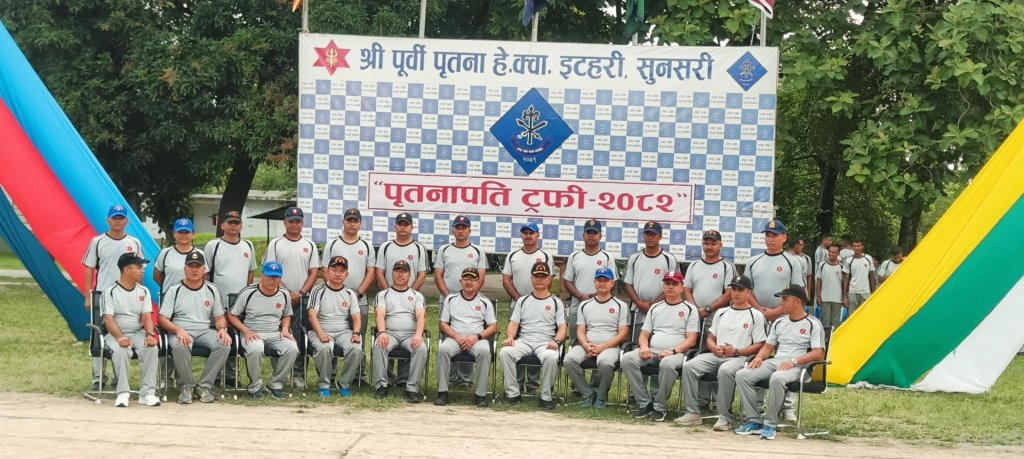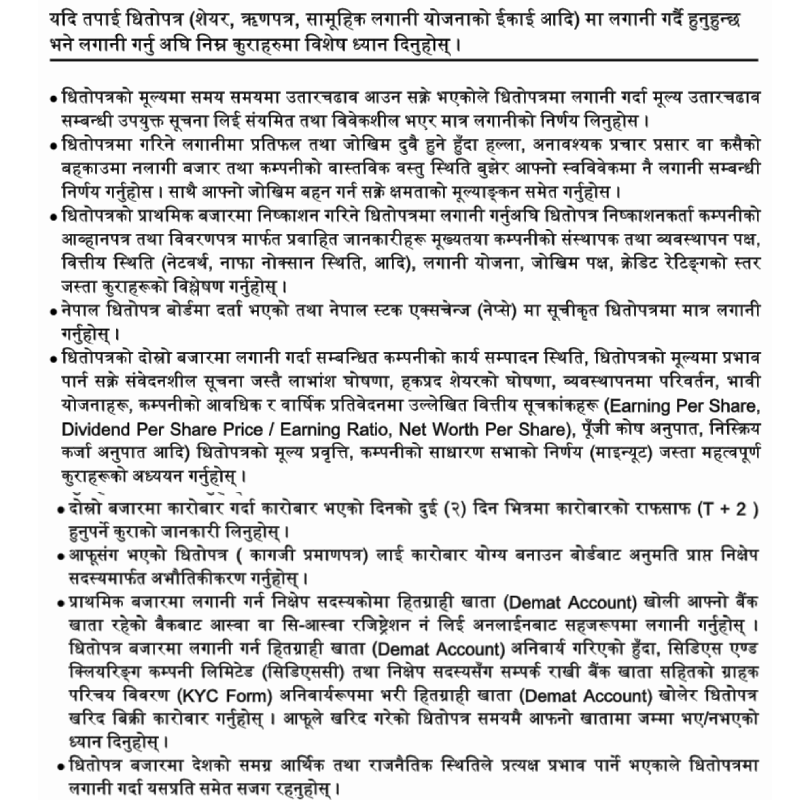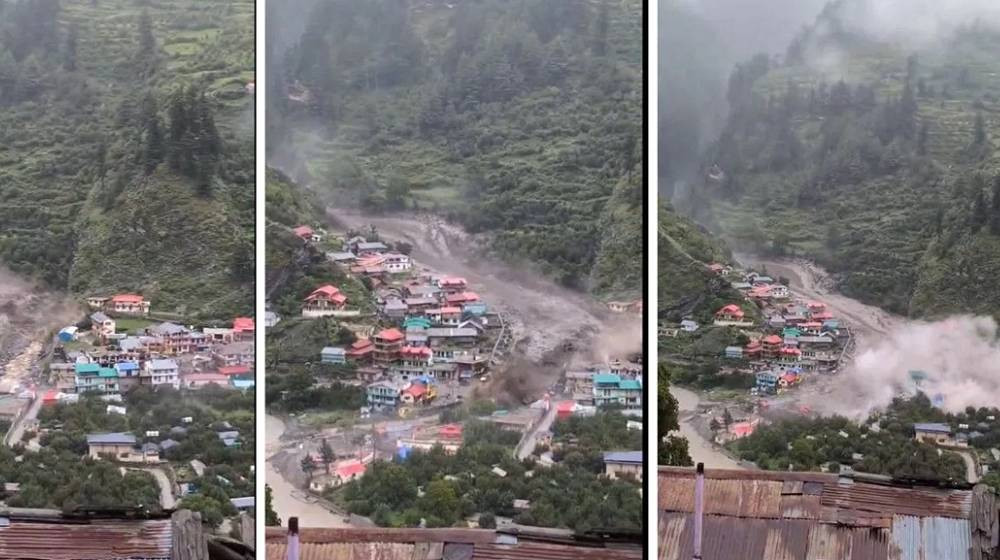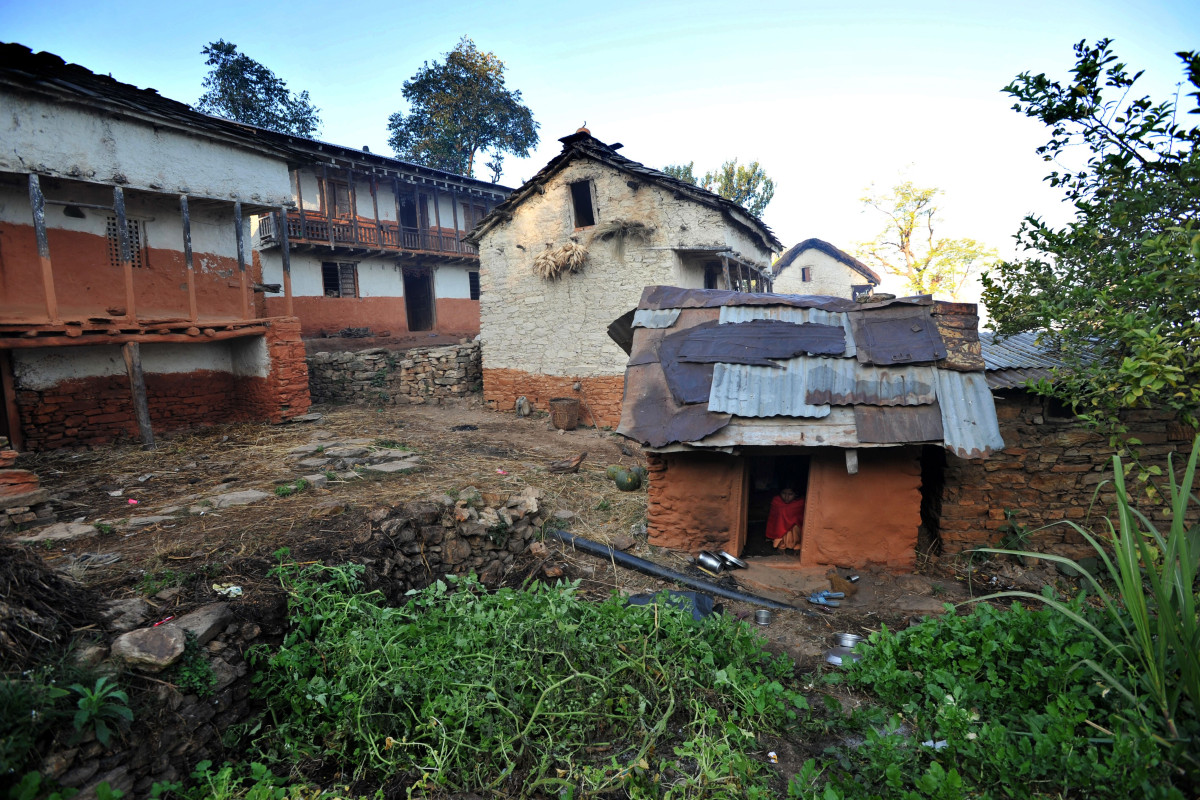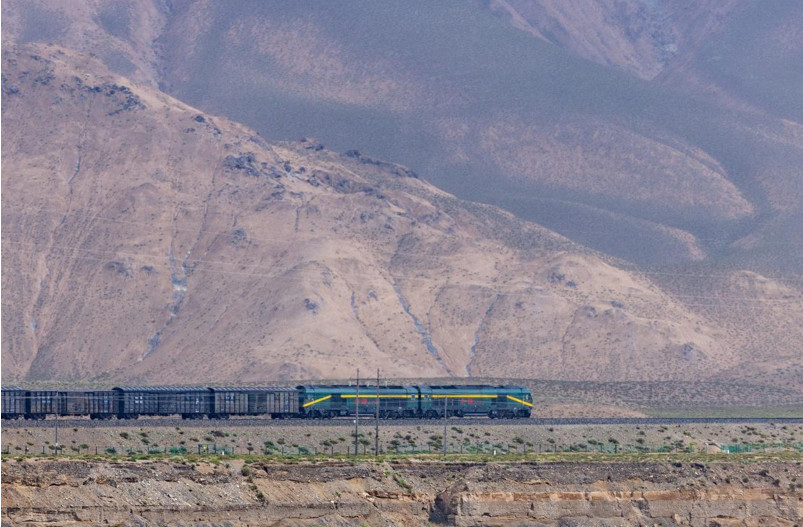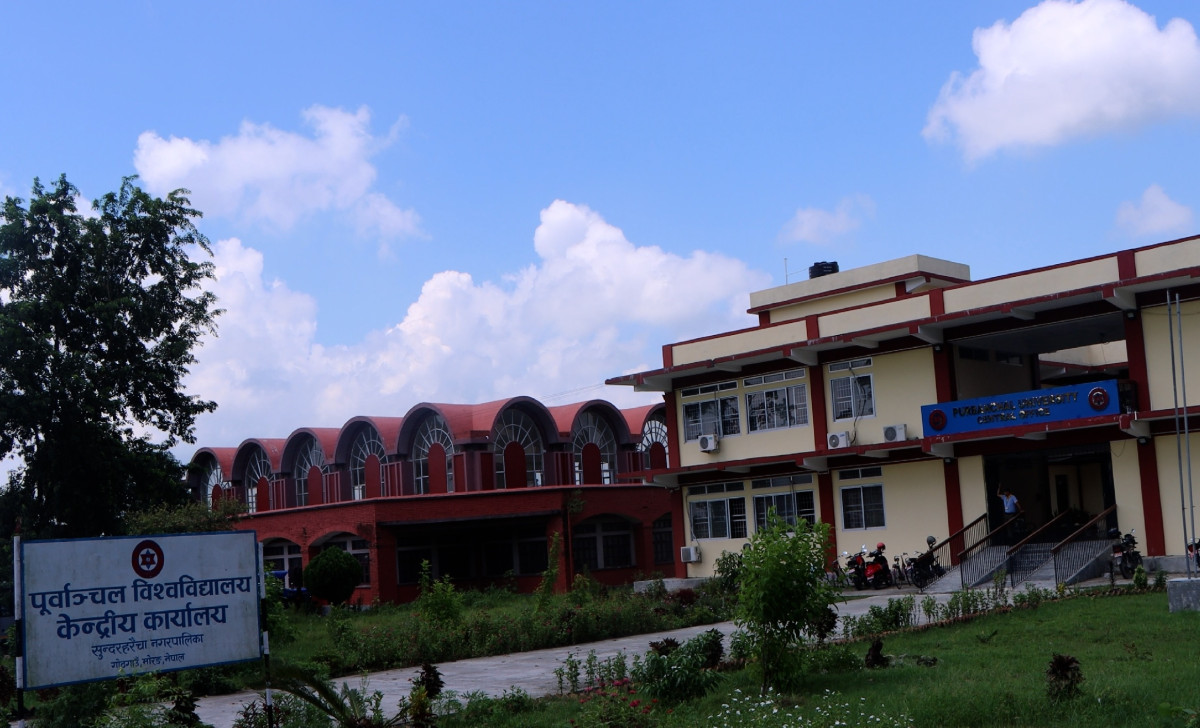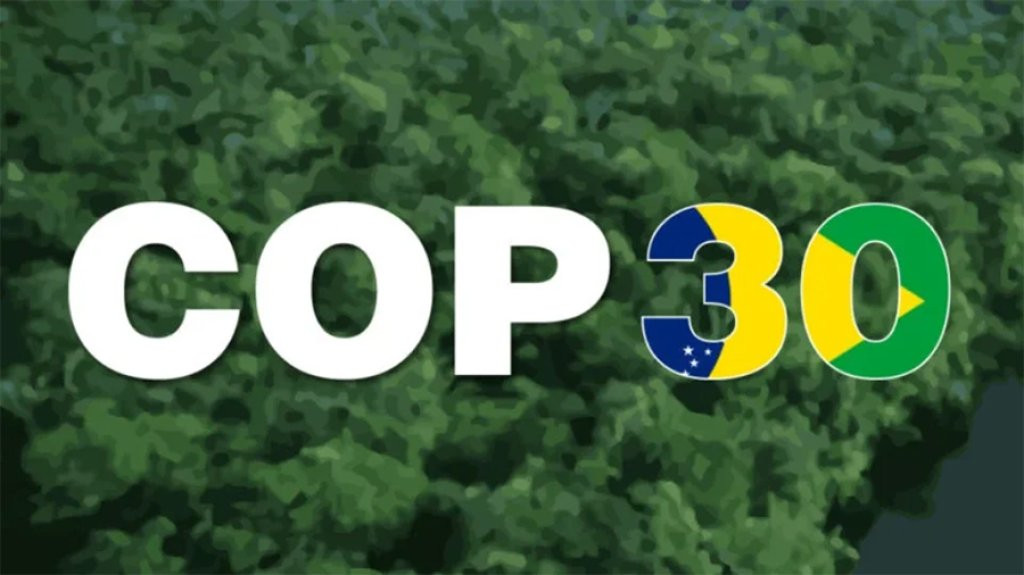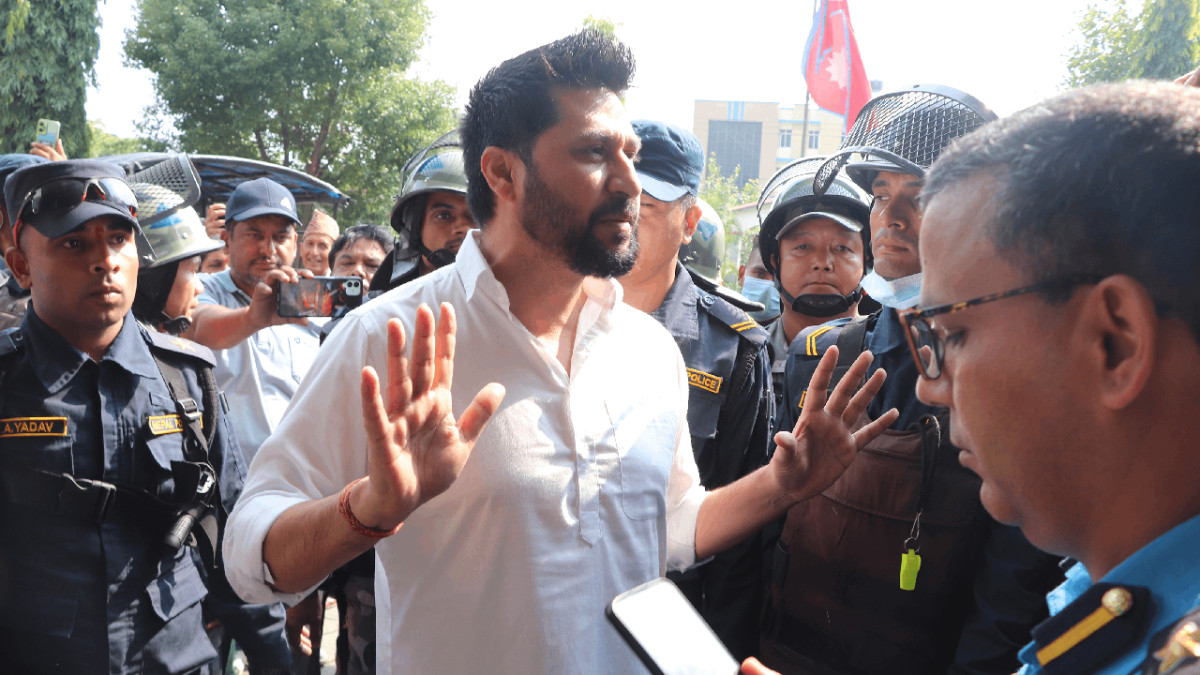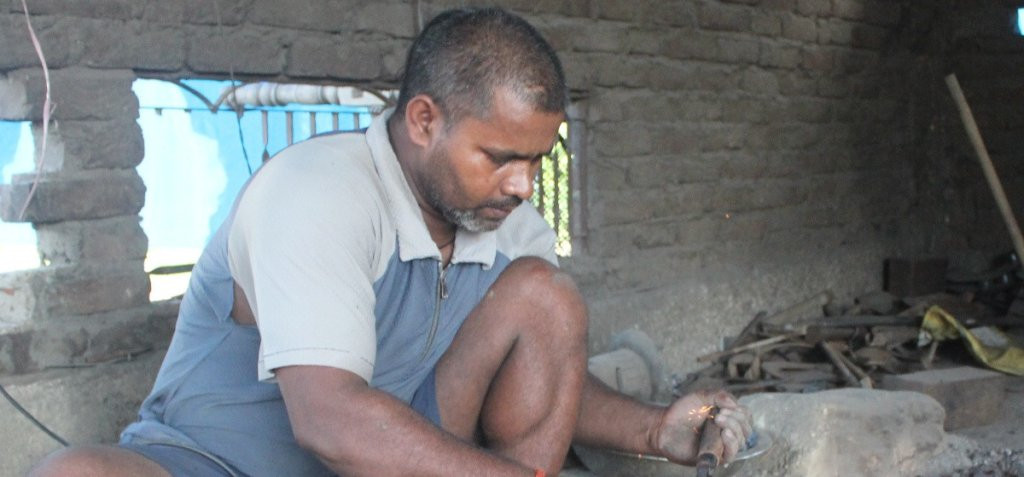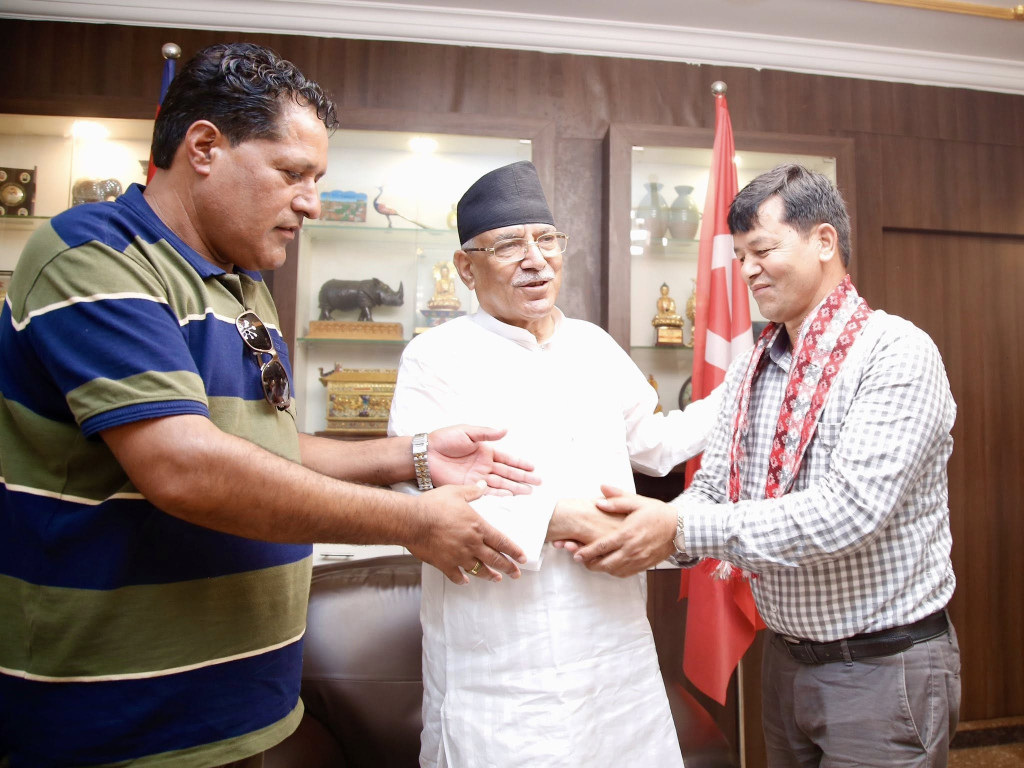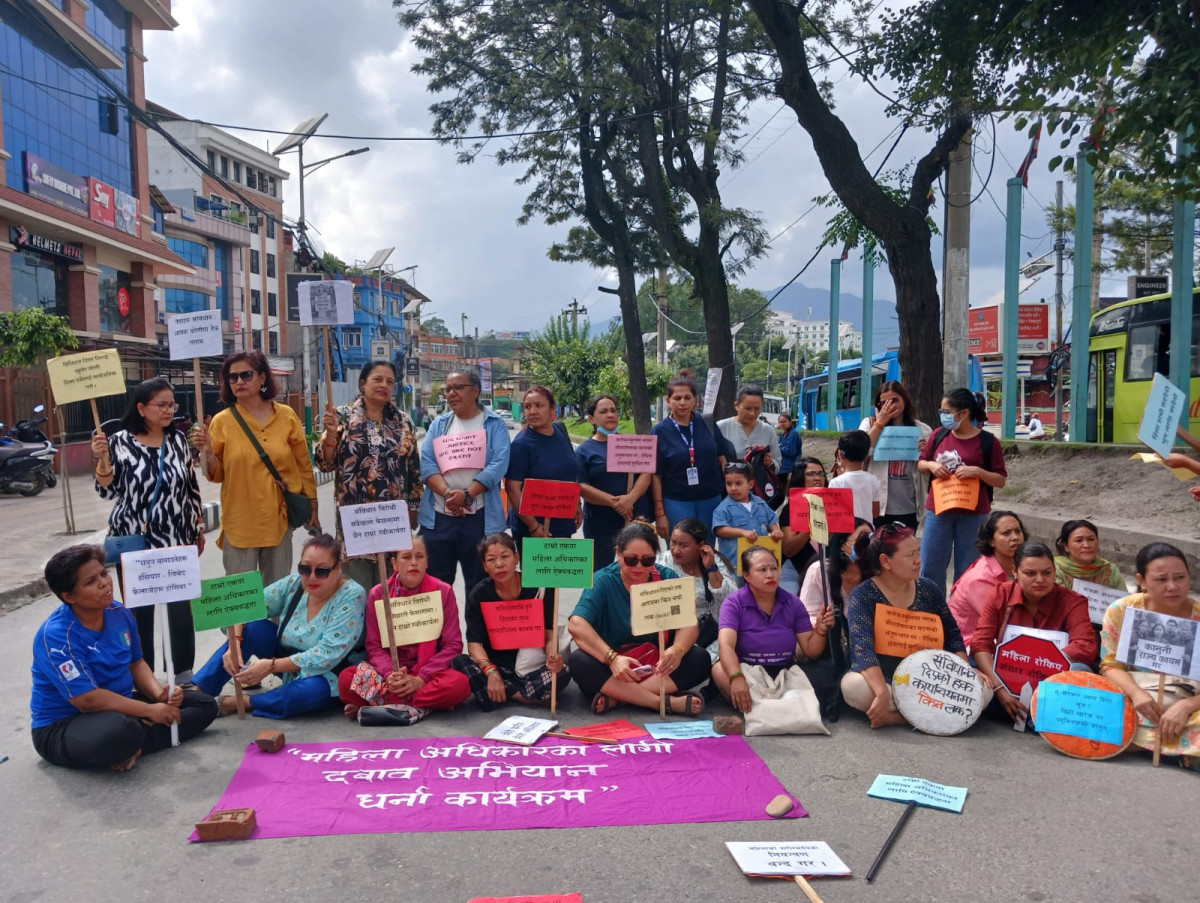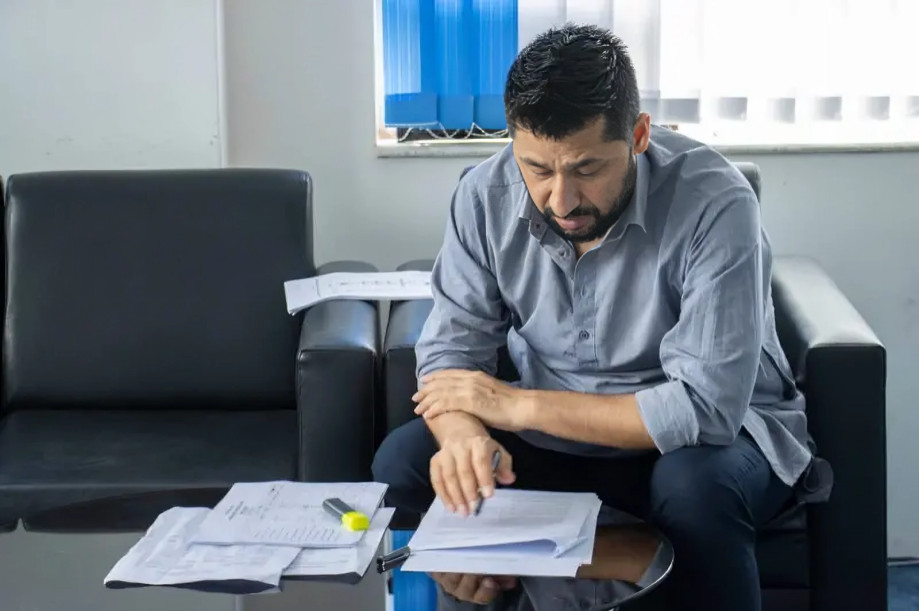Renowned globally for its breathtaking natural landscapes, rich cultural heritage, and warm hospitality, Nepal has long attracted travelers seeking both adventure and tranquility. As the tourism industry rebounds in the post-pandemic era, conversations surrounding sustainable tourism have intensified. Yet, one crucial aspect often overlooked is that tourism insurance and risk management are vital to ensuring long-term resilience and sustainability within the sector.
Tourism insurance and risk management are not merely protective mechanisms but strategic financial tools that foster balanced growth while shielding the industry from environmental, economic, and operational shocks. Despite their importance, these systems remain underutilized in Nepal’s tourism landscape.
Nepal offers a variety of experiences-trekking, mountaineering, rafting, jungle safaris, and cultural exploration. However, the nation is also highly prone to natural disasters such as floods, landslides, earthquakes, and avalanches, which pose significant risks to travelers and tourism service providers alike.
To address these concerns, several insurance schemes have been introduced, including travel insurance covering health, adventure-related incidents, and trip interruptions. Such coverage can help travelers manage the financial consequences of unforeseen events, whether domestic or international. Adventure insurance often includes trip delays, emergency medical treatment, and loss of personal belongings. Business interruption insurance, on the other hand, helps tourism enterprises recover lost revenues during crises such as fires or natural disasters.
Proper insurance coverage benefits both travelers and local businesses. For tourists, it offers financial security and enhances Nepal's image as a safe and reliable destination. For businesses, particularly small tour operators and local guides, insurance serves as a protective buffer, enabling them to withstand financial losses from unpredictable events.
Despite these benefits, Nepal’s current tourism insurance framework faces several limitations. Inadequate infrastructure in rural and remote areas restricts access to insurance services. Additionally, issues such as insurance fraud, weak governance, and a lack of transparency further erode public confidence in the system. The absence of clear, unified national policies on tourism insurance contributes to inconsistencies and weakens risk control across the sector.
Sustainable tourism necessitates comprehensive risk management strategies. These involve identifying, mitigating, and preparing for risks that impact travelers, the environment, and local communities. Measures include managing over-tourism, promoting eco-friendly practices, and engaging communities in preserving cultural identity and economic sustainability. Effective planning for disasters and climate adaptation is also critical to protecting tourist areas and infrastructure.
The 2023 Yeti Airlines incident underscored the urgent need for comprehensive tourism insurance, especially concerning air travel. Trekking companies in Nepal already require clients to have insurance for rescue and evacuation, while community-based tourism initiatives often rely on collective insurance pools to manage local risks related to environmental or economic damage.
Financial innovation is central to strengthening Nepal’s tourism ecosystem. Micro-insurance, for example, empowers small businesses to recover from disasters with minimal loss. Additionally, mobile technologies and digital platforms are expanding access to affordable insurance in rural areas. These innovations not only fortify local economies but also create opportunities for sustainable growth and investment.
In addition to high-tech solutions, basic systemic improvements can significantly enhance risk management. Raising awareness about the importance of tourism insurance, mandating insurance for high-risk activities like trekking and rafting, and fostering cross-sector collaboration can all contribute to a more secure tourism environment. Investments in early warning systems and rapid response infrastructure, coupled with proactive government policies, can further minimize the impact of disasters and support quicker recovery.
In conclusion, Nepal’s sustainable tourism model must integrate insurance and risk management as foundational components. A collaborative effort from government agencies, private sector stakeholders, and local communities is essential to establish a resilient framework. With the right policies, infrastructure, and awareness, Nepal can position itself as a leading destination for sustainable, secure, and inclusive tourism-preserving its environment while driving economic growth.
(The author, Bajracharya, holds a master’s degree in Management from Mega National College, Kathmandu.)


.gif)



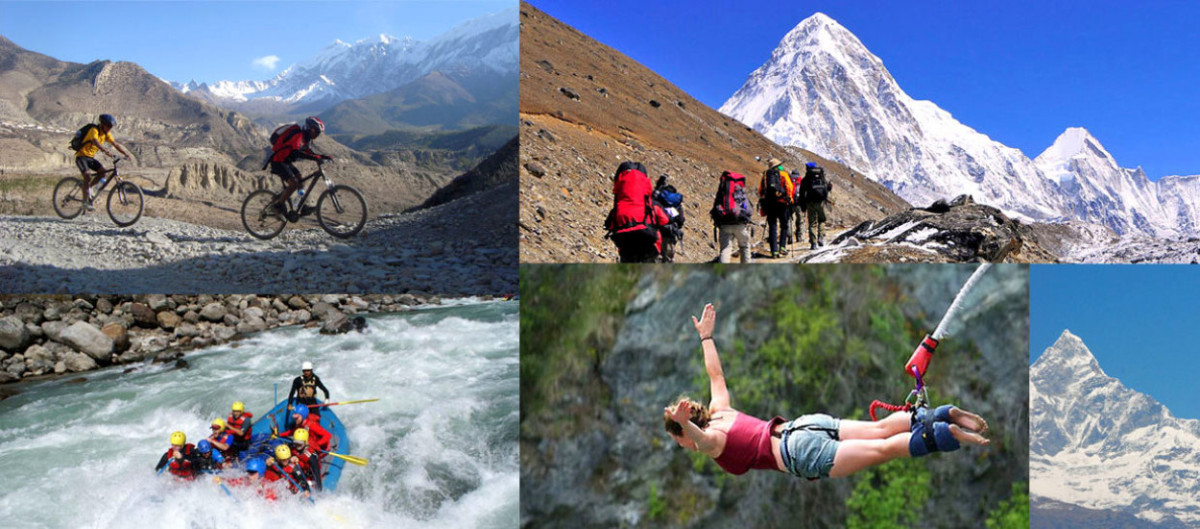



.jpeg)
.gif)



